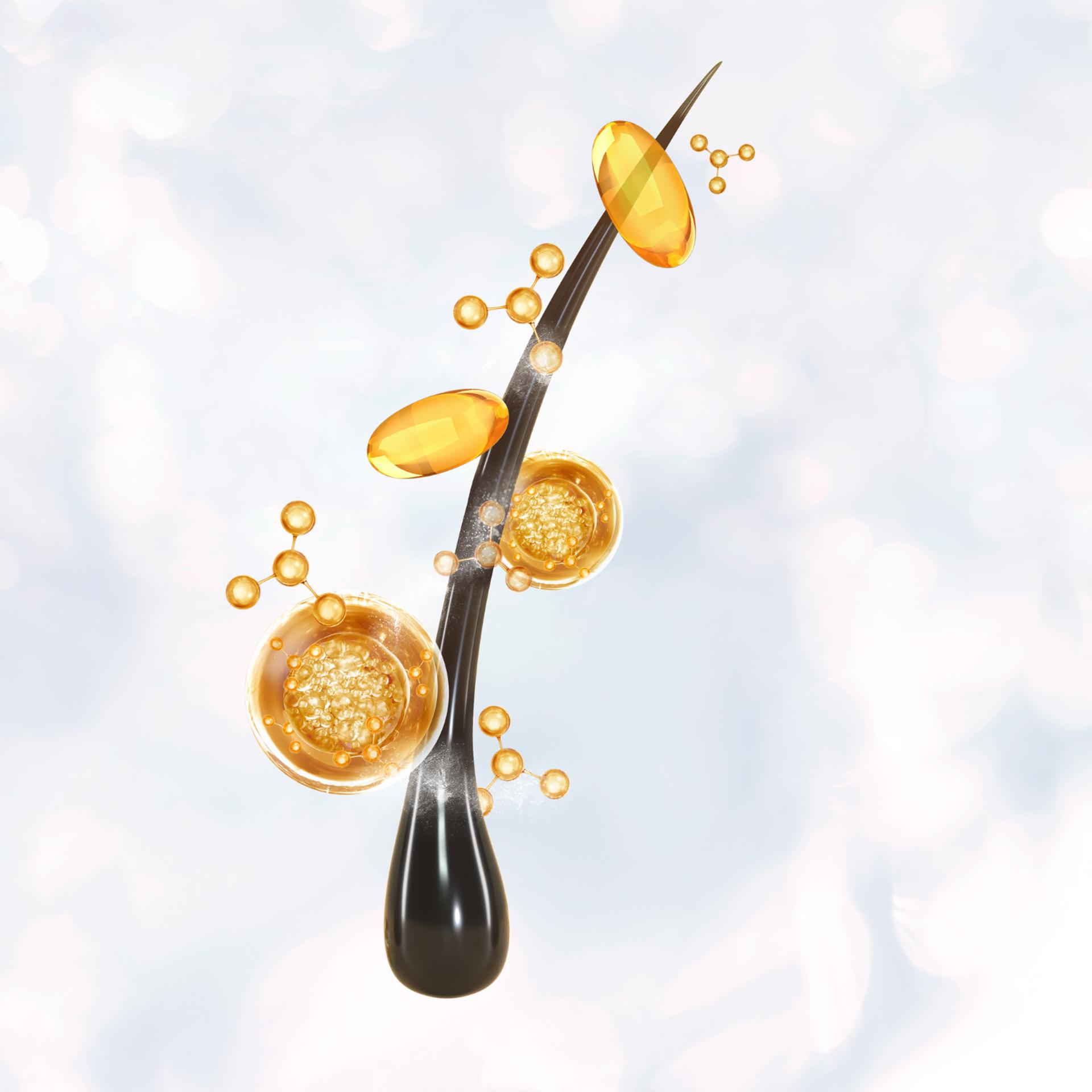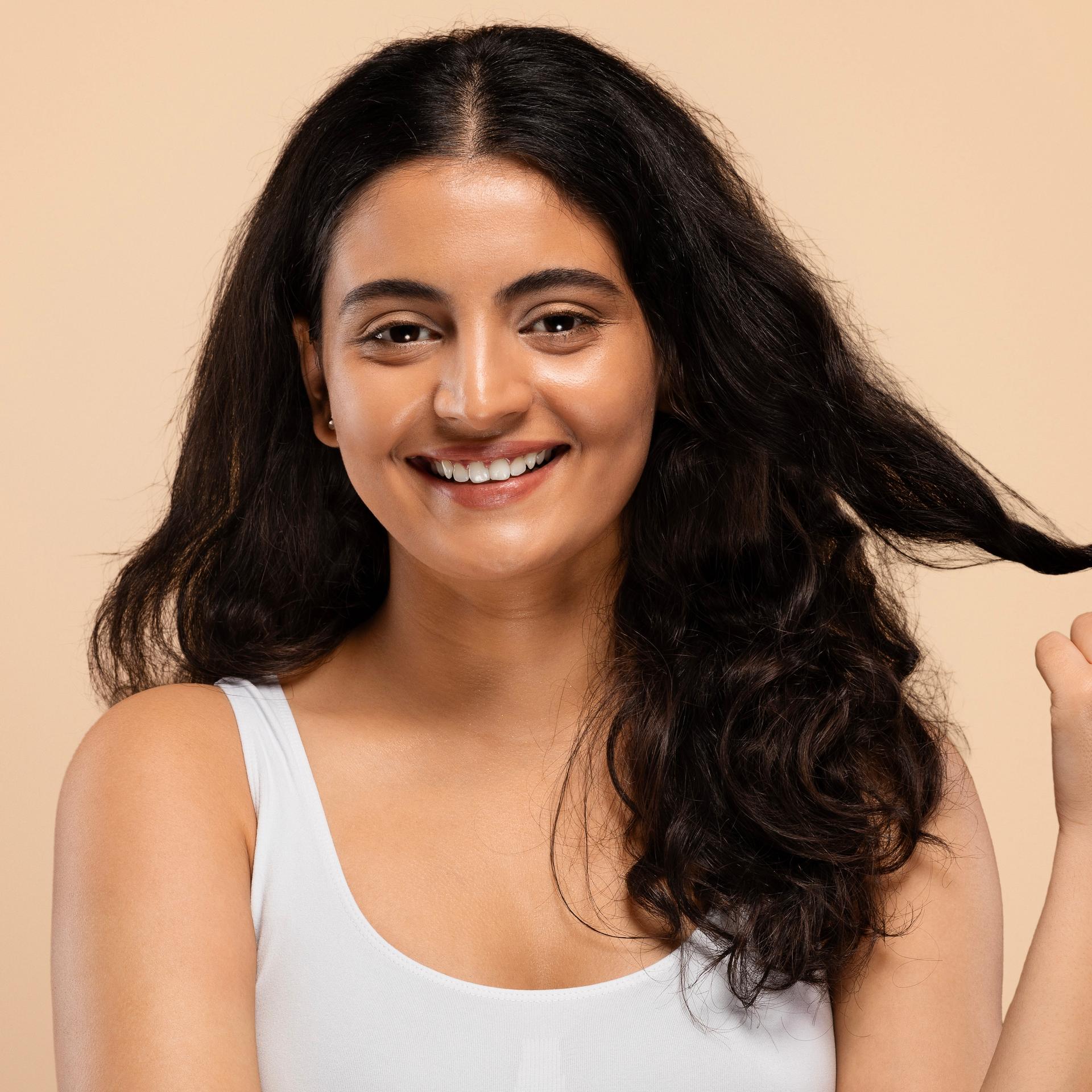
Do Hair Oil Ingredients Really Sneak Through Follicles to Nerves?
The Deeper Science
By Nat Habit
When you apply oil to your scalp, you’re not just slathering on some liquid—you’re interacting with a complex ecosystem of cells, nerves, glands, and hair follicles. But how deep does that interaction really go? Can ingredients really “sneak” through follicles and reach your nerves? Let’s break down the anatomy, physiology, and biochemistry involved.
Scalp Anatomy
More Than Just Hair
Your scalp consists of multiple layers:
- Stratum corneum: The outermost skin barrier, made of dead cells, designed to keep out harmful substances.
- Epidermis: Living skin cells beneath the surface.
- Dermis: Contains blood vessels, sweat glands, sebaceous glands, and nerve endings.
- Hair Follicles: Tubular invaginations from the epidermis into the dermis where hair shafts grow.
- Nerve Endings: Sensory neurons near follicles and blood vessels that detect touch, pain, temperature, and chemical signals.
How Do Ingredients Penetrate?

1. Molecular Size and Lipophilicity
Small, fat-soluble (lipophilic) molecules penetrate skin better than large or water-soluble ones. Most essential fatty acids and many herbal bioactives in hair oils are lipophilic, making them capable of crossing the skin barrier more effectively.
2. Follicular Route
Hair follicles are like mini tunnels through the skin and offer an alternate route for penetration. Studies show follicles can allow up to 10 times more absorption than the surrounding skin. This is because they bypass some of the stratum corneum’s resistance.
3. Diffusion into Dermis
Once past the epidermis, ingredients reach the dermis, where blood vessels and nerves reside, allowing for localized effects.
Interaction with Nerves
What Actually Happens?

Nerve Endings are Sensors, Not Absorbers
Nerves detect chemical, thermal, and mechanical stimuli but don’t absorb substances like skin cells do. When you massage herbal oil into your scalp:
- Some compounds bind to receptors on nerve endings.
- This triggers nerve signals interpreted by your brain as sensations (cooling, tingling, soothing).
- For example, menthol binds to these receptors causing a cooling sensation; similar mechanisms may underlie calming herbal aromas.
Neurovascular Modulation
- Scalp massage stimulates blood flow, which increases oxygen and nutrient delivery to hair follicles. This also releases nitric oxide, a molecule that relaxes blood vessels and can positively influence hair growth cycles.
- The nerve stimulation also activates the parasympathetic nervous system (rest-and-digest mode). This lowers cortisol levels and reduces stress-induced hair shedding.
Why It Works
Science-Backed Benefits of Proper Hair Oiling

- Improves Scalp Hydration: Oils form an occlusive barrier that prevents transepidermal water loss, keeping the scalp moisturized and reducing dryness and itchiness.
- Delivers Antioxidants: Herbal extracts contain polyphenols and flavonoids that neutralize free radicals, reducing oxidative stress—a known factor in premature hair aging and follicle damage.
- Enhances Follicular Health: Nutrients penetrate hair follicles to support keratin production and strengthen hair shafts.
- Soothes Inflammation: Many herbs (like Neem, Brahmi) have anti-inflammatory properties, calming irritated scalp conditions like dandruff or eczema.
- Triggers Relaxation: The combined effect of touch, aroma, and nerve stimulation lowers stress hormones, indirectly supporting hair growth.
Final Thoughts
So, do ingredients sneak through follicles all the way to nerves? Not literally. But they penetrate deeply enough to nourish hair follicles and interact with nerve endings to create a soothing, healing experience. This dual action—biochemical nourishment plus sensory relaxation—makes hair oiling a powerful ritual that’s more than skin deep.
Learn more



